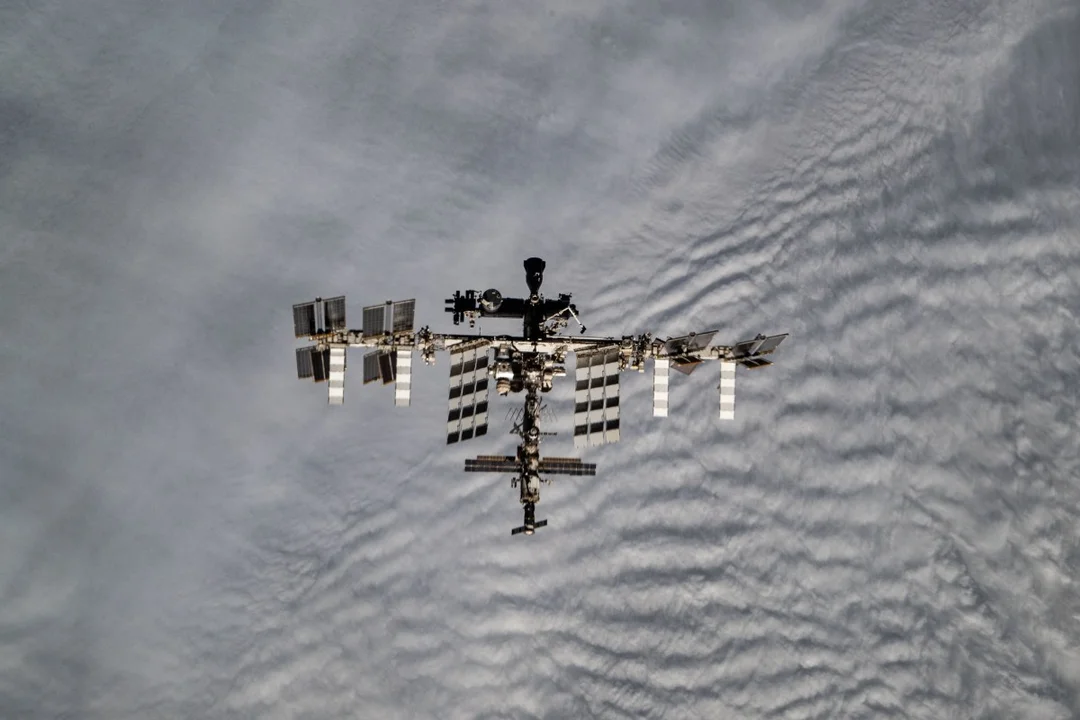
NASA Faces Budget Cuts: ISS Crew and Research in Jeopardy, Landsat Next Restructured?
The future of the International Space Station (ISS) and Earth observation programs is facing uncertainty as NASA grapples with proposed budget cuts. This could lead to a reduction in the ISS crew size and a restructuring of the Landsat Next mission, impacting both space exploration and Earth monitoring efforts.
According to recent reports, NASA was already considering downsizing the ISS crew before the proposed budget reductions for fiscal year 2026. Dana Weigel, NASA ISS program manager, stated that the agency has been dealing with a "cumulative multi-year budget reduction," even before the proposed cuts detailed in the budget proposal, which includes the continuing resolution that funded NASA at 2024 levels for all of fiscal year 2025.
Less cargo, less crew? Weigel explained, "Less cargo – that means less ability to send up supplies for things like food. These levels and the challenge I'm looking at today align with supporting three crew ... so we're evaluating the potential for moving to three crew." The US segment of the ISS, which includes astronauts from European and Japanese space agencies, would be affected by any such reduction.

The potential reduction in cargo missions could exacerbate the existing supply issues. It's still unclear what impact this would have on private astronaut missions (PAMs) like Axiom Space's Ax-4 mission, which is scheduled to launch on June 8., yet NASA had recently issued a call for proposals for two more PAM missions in 2026 and 2027.
On the Earth observation front, Trump's discretionary budget request is taking aim at Landsat Next with restructuring plans, a satellite program with near 50-year history, with data housed at the USGS Earth Resources Observation and Science (EROS) Center near Sioux Falls. The request calls for restructuring the Landsat Next mission and eliminating $562 million in USGS funding.

Dusty Johnson, U.S. Rep. for South Dakota, pointed out that presidential budget requests are “aspirational” and rarely implemented as written. He continued to say that he supports Landsat’s efforts in Congress.
These proposed cuts and restructuring highlight the challenges NASA faces in balancing its mission priorities with budgetary constraints. How will these changes affect the future of space exploration and Earth observation?
What are your thoughts on these proposed budget cuts? Share your opinions and insights in the comments below.